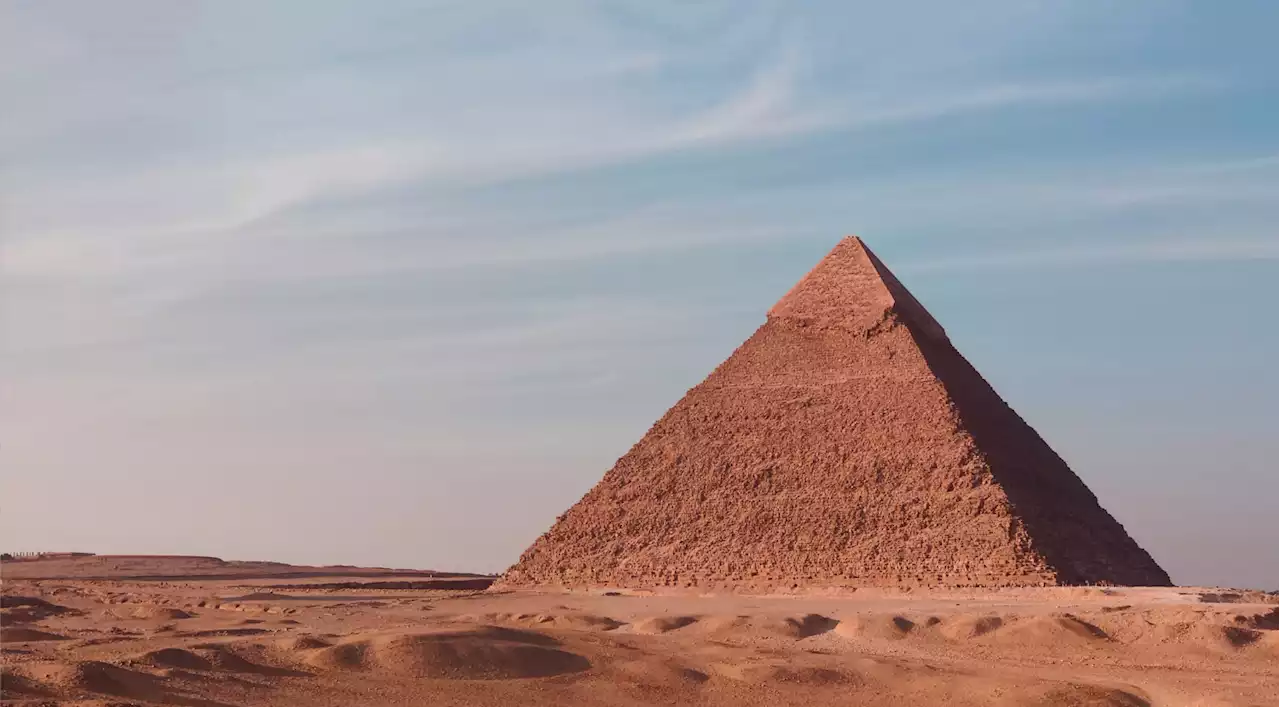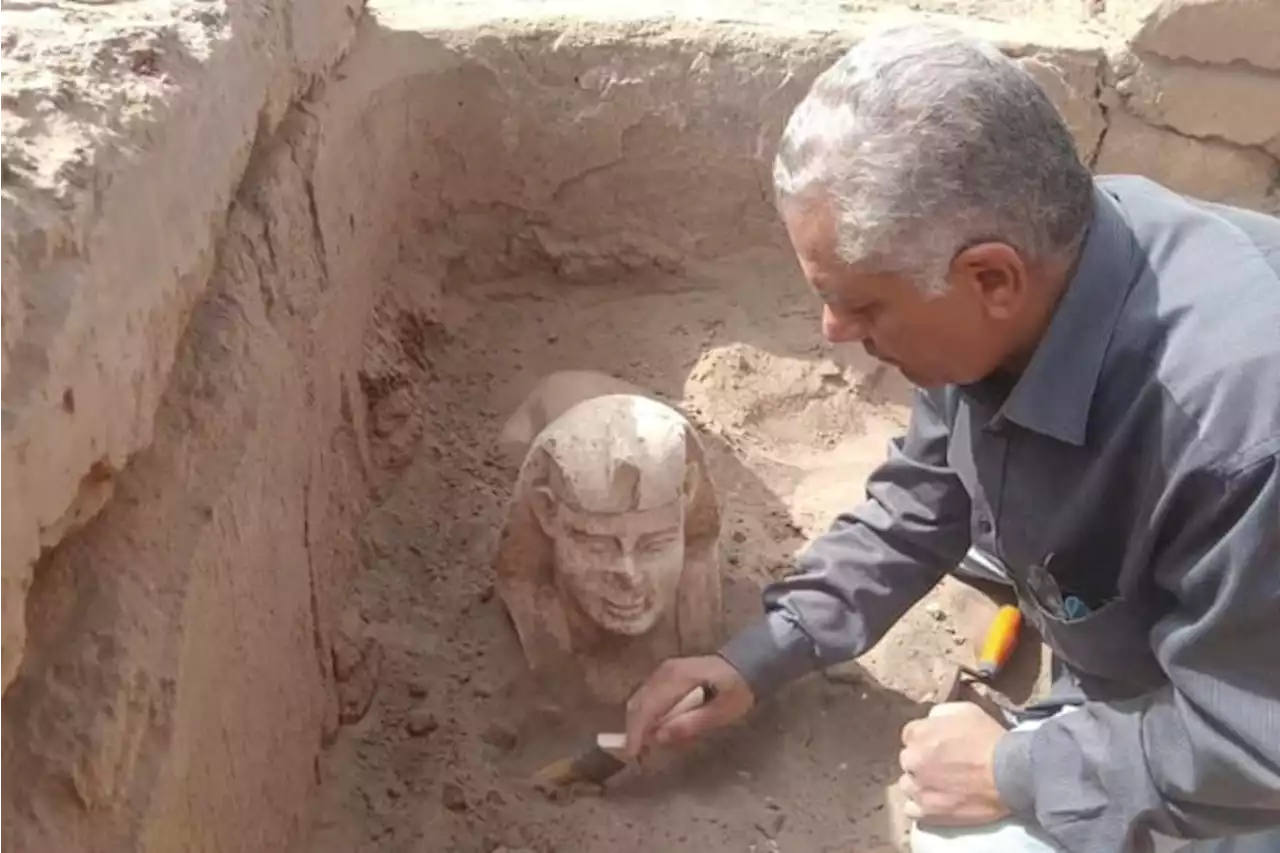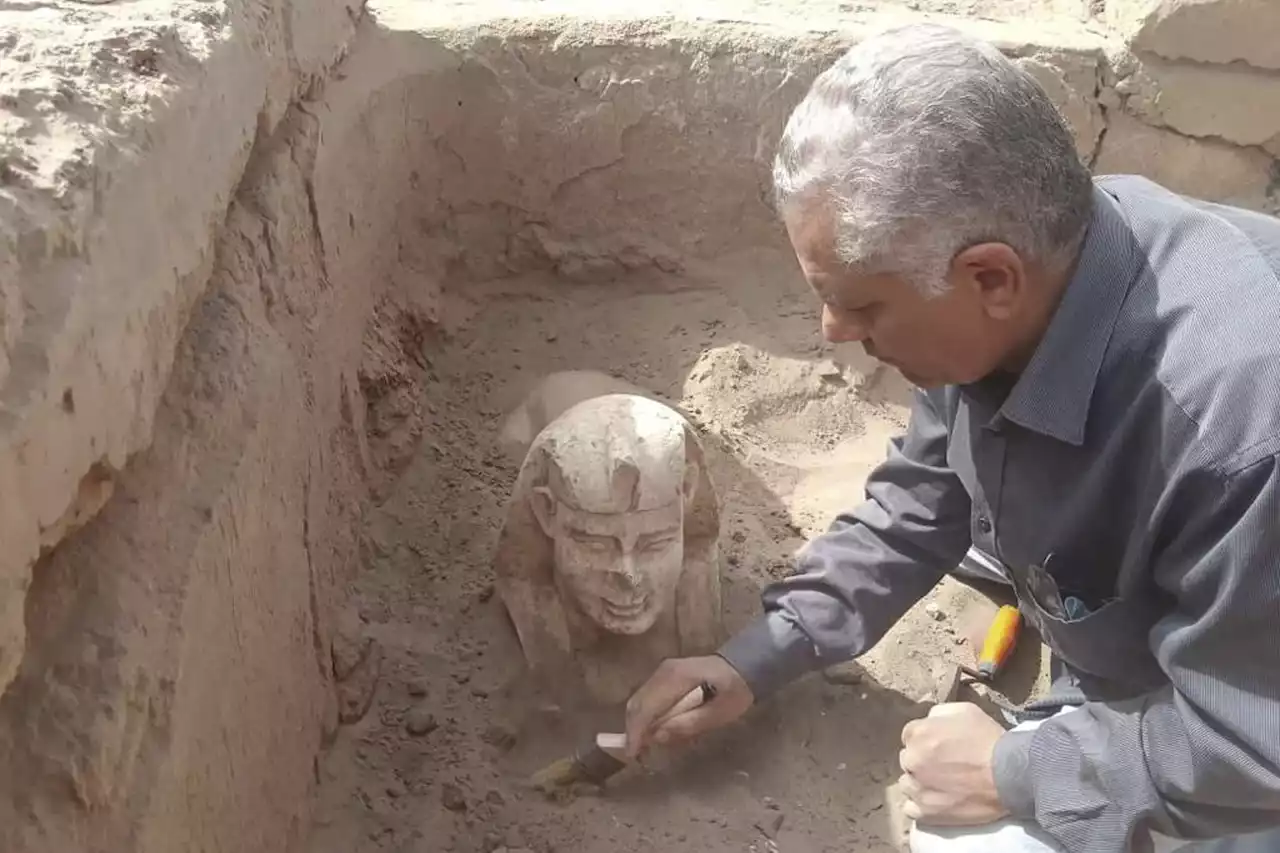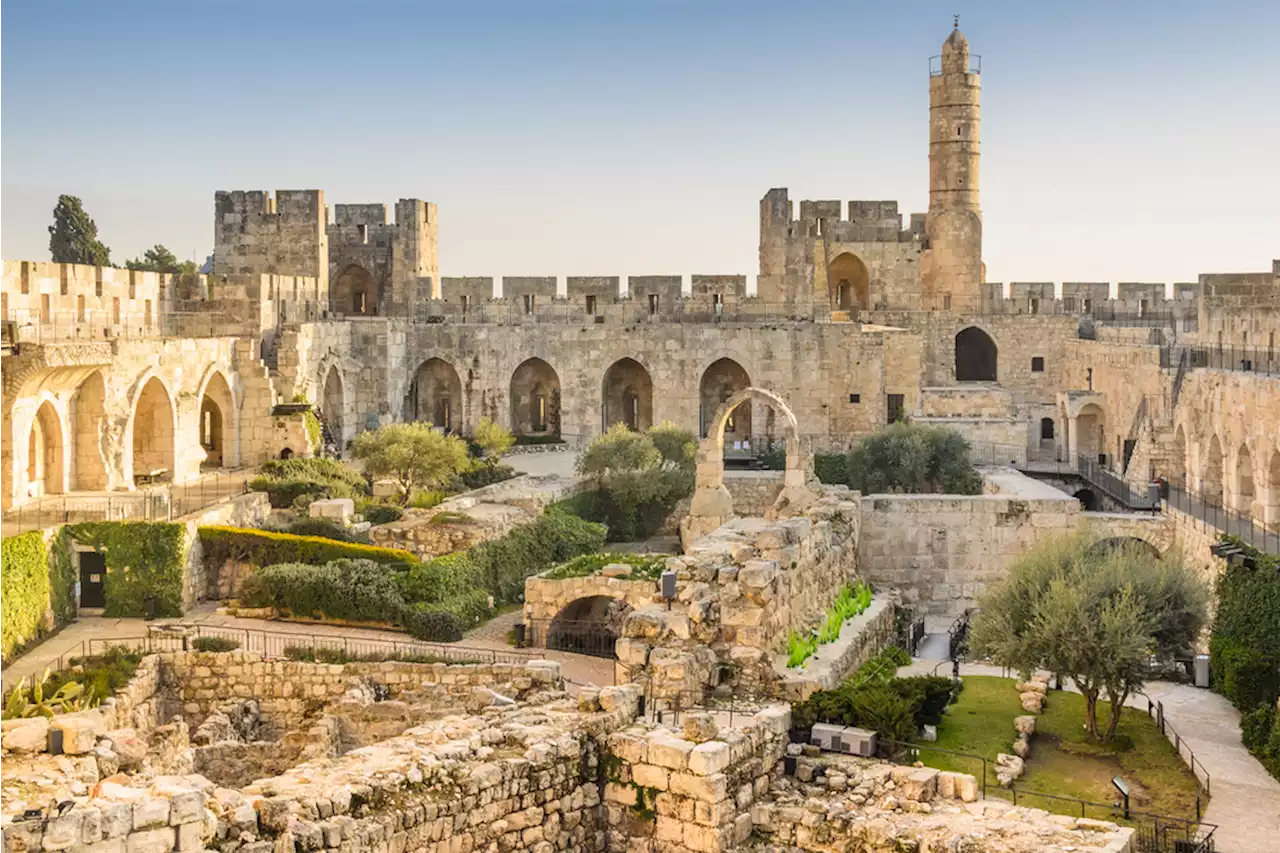🔄From the archive: Archaeologists still debate which city came first — let alone how to define one in the first place. But a few settlements offer illuminating views of early urban life.
say cities, by definition, rely on hinterlands for food, water and raw materials. A city stands out as the largest settlement and civic center in a landscape of smaller, socially-tied villages, homes and farms. People from the greater region would identify with the big city, like how today's Wellesley, Massachusetts residents might say they're from "outside Boston." The city designation depends, then, on a site's prominence relative to other settlements nearby.
That means it contained major public attractions, like amphitheaters, monuments and markets, and housed a substantial portion of the regional population — usually 5,000 residents or more before 1 A.D.Even when scholars agree about criteria for cityhood, complications arise when trying to date the appearance of cities based on archaeological ruins. Most ancient cites grew gradually from humbler towns, founded ages earlier.
United States Latest News, United States Headlines
Similar News:You can also read news stories similar to this one that we have collected from other news sources.
 Archaeologists used cosmic rays to find a hidden corridor in Great Pyramid of GizaA team of international archaeologists from multiple countries have discovered a hidden corridor in the Great Pyramid at Giza in Egypt. ...
Archaeologists used cosmic rays to find a hidden corridor in Great Pyramid of GizaA team of international archaeologists from multiple countries have discovered a hidden corridor in the Great Pyramid at Giza in Egypt. ...
Read more »
 Archaeologists find an overlooked treasure of a 15th-century Norse kingNot all treasures recovered from sunken ships consist of gold and precious artifacts — a recent study identified thousands of spice specimens aboard a medieval Danish warship that somehow got overlooked for centuries. Find out more at 🚀 engineering
Archaeologists find an overlooked treasure of a 15th-century Norse kingNot all treasures recovered from sunken ships consist of gold and precious artifacts — a recent study identified thousands of spice specimens aboard a medieval Danish warship that somehow got overlooked for centuries. Find out more at 🚀 engineering
Read more »
 Archaeologists in Egypt unearth Sphinx-like Roman-era statueArchaeologists unearthed a Sphinx-like statue and the remains of a shrine in an ancient temple in southern Egypt, antiquities authorities said Monday. The artifacts were found in the temple of Dendera in Qena Province, 280 miles (450 kilometers) south of the capital of Cairo, the Antiquities Ministry said in a statement. Archaeologists believe the statue's smiling features may belong to the Roman emperor Claudius, who extended Rome's rule into North Africa between 41 and 54 A.D., the ministry said.
Archaeologists in Egypt unearth Sphinx-like Roman-era statueArchaeologists unearthed a Sphinx-like statue and the remains of a shrine in an ancient temple in southern Egypt, antiquities authorities said Monday. The artifacts were found in the temple of Dendera in Qena Province, 280 miles (450 kilometers) south of the capital of Cairo, the Antiquities Ministry said in a statement. Archaeologists believe the statue's smiling features may belong to the Roman emperor Claudius, who extended Rome's rule into North Africa between 41 and 54 A.D., the ministry said.
Read more »
 Archaeologists in Egypt unearth Sphinx-like Roman-era statueAuthorities say archaeologists have unearthed a Sphinx-like Roman-era statue and the remains of a shrine in an ancient temple in southern Egypt.
Archaeologists in Egypt unearth Sphinx-like Roman-era statueAuthorities say archaeologists have unearthed a Sphinx-like Roman-era statue and the remains of a shrine in an ancient temple in southern Egypt.
Read more »
 Archaeologists in Egypt unearth Sphinx-like Roman-era statueCAIRO (AP) — Archaeologists unearthed a Sphinx-like statue and the remains of a shrine in an ancient temple in southern Egypt, antiquities authorities said Monday. The artifacts were found in the temple of Dendera in Qena Province, 280 miles (450 kilometers) south of the capital of Cairo, the Antiquities Ministry said in a statement.
Archaeologists in Egypt unearth Sphinx-like Roman-era statueCAIRO (AP) — Archaeologists unearthed a Sphinx-like statue and the remains of a shrine in an ancient temple in southern Egypt, antiquities authorities said Monday. The artifacts were found in the temple of Dendera in Qena Province, 280 miles (450 kilometers) south of the capital of Cairo, the Antiquities Ministry said in a statement.
Read more »
 Archaeologists in Egypt unearth Sphinx-like Roman-era statueAuthorities say archaeologists have unearthed a Sphinx-like Roman-era statue and the remains of a shrine in an ancient temple in southern Egypt
Archaeologists in Egypt unearth Sphinx-like Roman-era statueAuthorities say archaeologists have unearthed a Sphinx-like Roman-era statue and the remains of a shrine in an ancient temple in southern Egypt
Read more »
